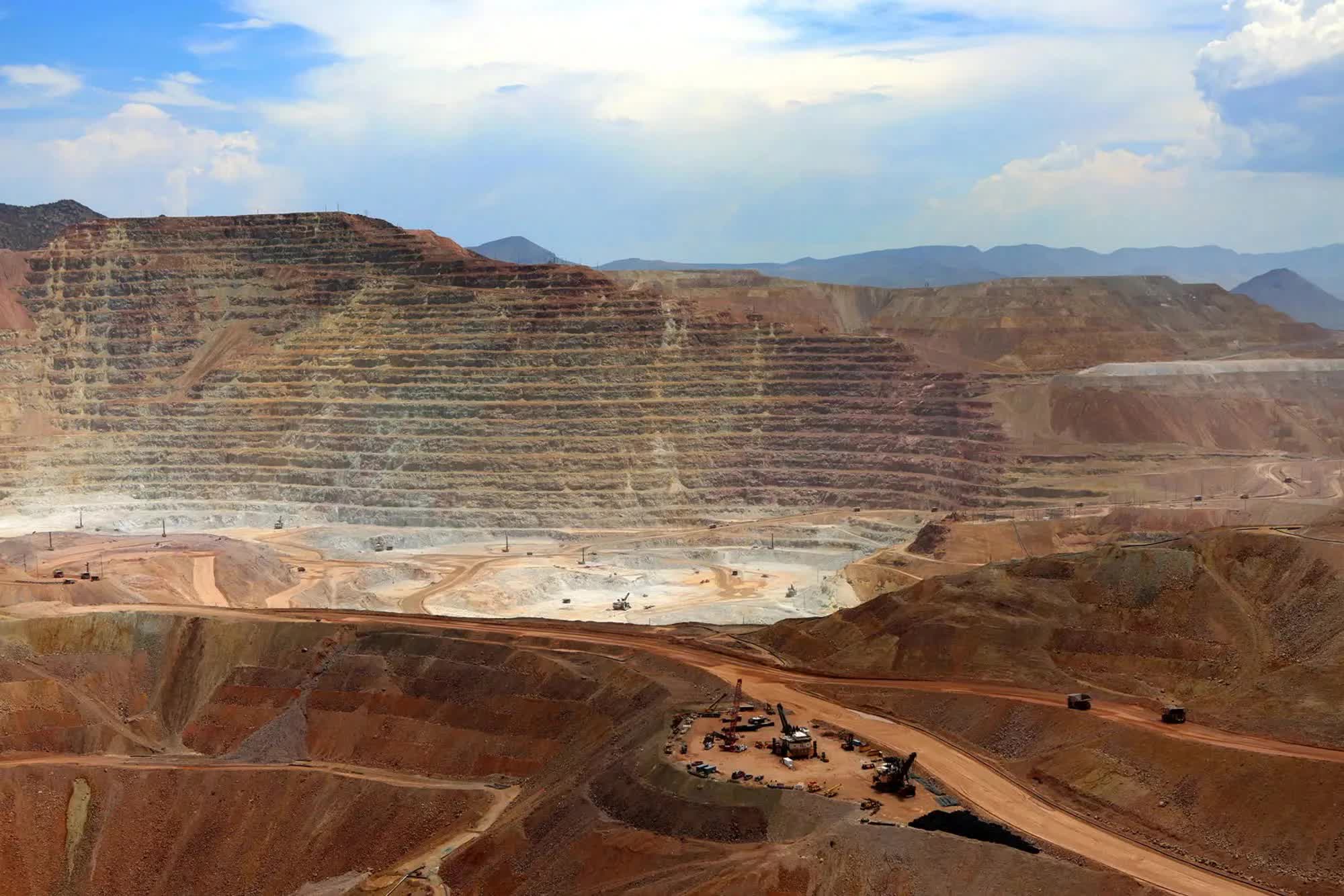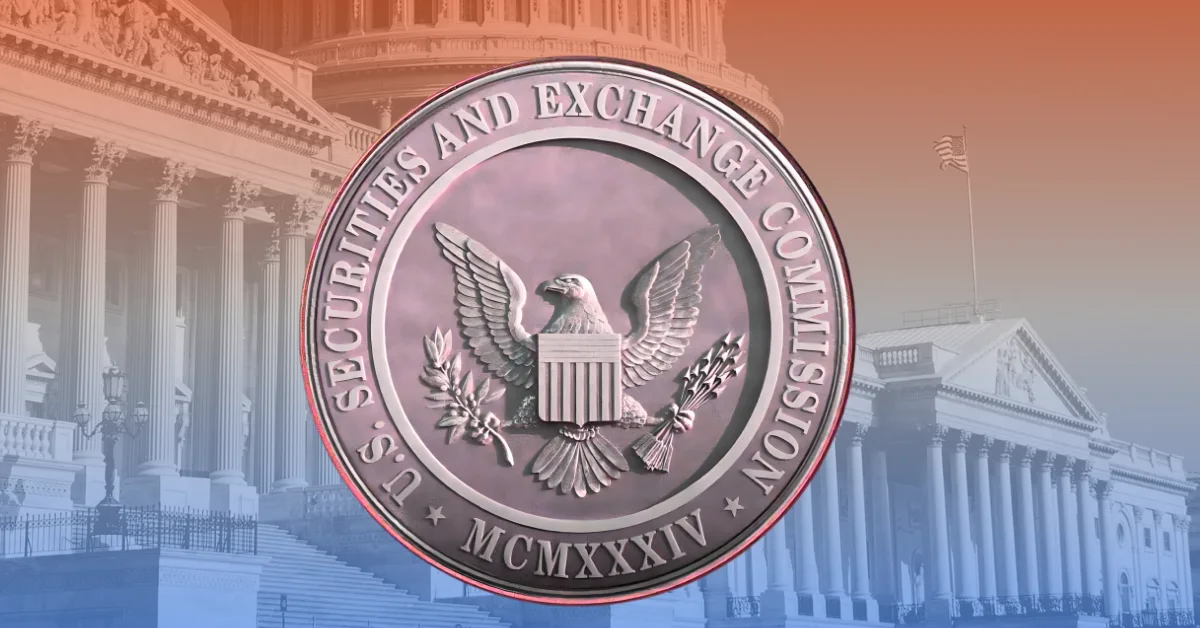In a nutshell: Canada is attempting to position itself as a production hub for critical minerals that face supply chain risks. These elements are essential for economic security, attaining net-zero emissions, and maintaining a competitive position in global supply chains.
The nation’s latest Critical Mineral Strategy Annual Report for 2024 outlines plans to expand domestic mining of more than 30 minerals designated as critical. There’s particular emphasis on six of them: lithium, graphite, nickel, cobalt, copper, and rare earth elements.
The impetus is both economic and geopolitical. As US-China tensions escalate, there are growing concerns about overreliance on Chinese suppliers for crucial technology inputs like rare earth magnets. At the same time, the global push for clean energy is supercharging demand for battery metals, solar materials, and other strategic resources that Canada apparently has in abundance. The country needs these resources to hit its net-zero target.
“It is believed Canada has very large quantities of these materials, even if they have not yet begun processing them in significant quantities,” James Edmondson, research director at IDTechEx, told EE Times.
Edmondson adds that Nechalacho, a rare earth mining project in the Northwest Territories of Canada, aims to be a globally relevant supplier, targeting annual production of at least 5,000 tons of rare earth oxides by 2025.

On the battery front, IDTechEx analysts view Canada as a potential leader in nickel production outside of China and Indonesia. Nickel is a key component of the nickel-manganese-cobalt (NMC) cathodes used in 63% of electric vehicle batteries globally last year.
There’s no doubt that Canada has substantial mineral resources; however, some industry insiders believe the nation’s environmental regulations could hinder the rapid development of new mines, which typically require 10-15 years to get online. They suggest other countries such as the US, China, and Australia may move faster on mineral projects, and that Canada’s efforts might already be too late.
There are also looming technology risks, with the possibility of a game-changing new battery chemistry rendering some of these efforts obsolete.
Still, with global rivalry over critical minerals intensifying, most analysts see Canada’s strategy as a necessary and overdue move to assert its voice in these strategically vital supply chains.
The International Energy Agency predicts that demand for critical minerals could skyrocket over 30-fold by 2040 amid the global energy transition. Lithium demand is expected to see the fastest growth, increasing by more than 40 times by 2040.







Leave a Comment